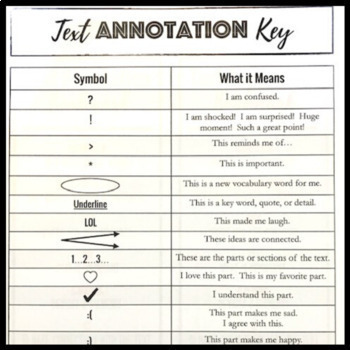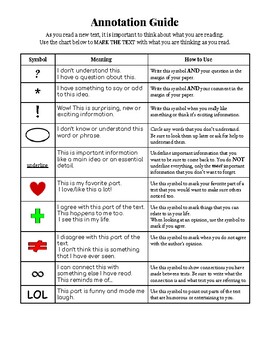


It can specify default values if the query parameter is not present in the URL. It is most suitable for web applications. It is used to extract the query parameters form the URL.It is most suitable for the RESTful web service, where the URL contains a path variable. We can define multiple in a method. It is used to extract the values from the URI.It tells the Spring Boot Framework to serialize a return an object into JSON and XML format. It binds the method return value to the response body.When we annotate a method parameter with the Spring framework binds the incoming HTTP request body to that parameter. Internally it uses HTTP MessageConverters to convert the body of the request. It is used to bind HTTP request with an object in a method parameter.It is used instead of using: = RequestMethod.PATCH)
#List of annotations Patch#
It maps the HTTP PATCH requests on the specific handler method.It is used instead of using: = RequestMethod.DELETE) It is used to create a web service endpoint that deletes a resource. It maps the HTTP DELETE requests on the specific handler method.It is used to create a web service endpoint that creates or updates It is used instead of using: = RequestMethod.PUT) It maps the HTTP PUT requests on the specific handler method.It is used to create a web service endpoint that creates It is used instead of using: = RequestMethod.POST) It maps the HTTP POST requests on the specific handler method.It is used to create a web service endpoint that fetches It is used instead of using: = RequestMethod.GET) It maps the HTTP GET requests on the specific handler method.() annotation can be used for wiring by name.Ĭollection or map type cannot be injected through because type matching is.



 0 kommentar(er)
0 kommentar(er)
